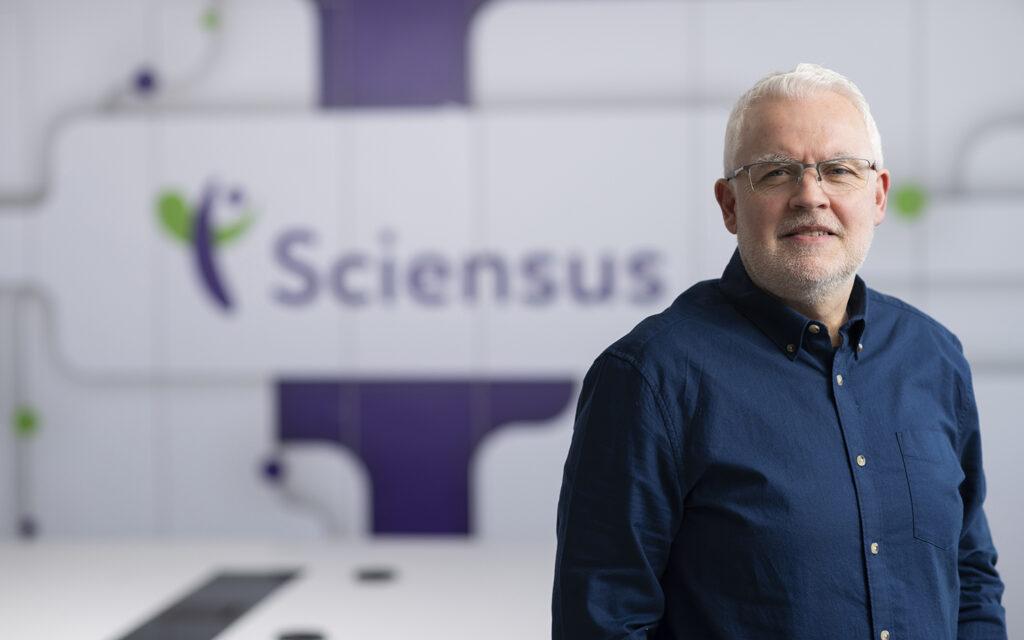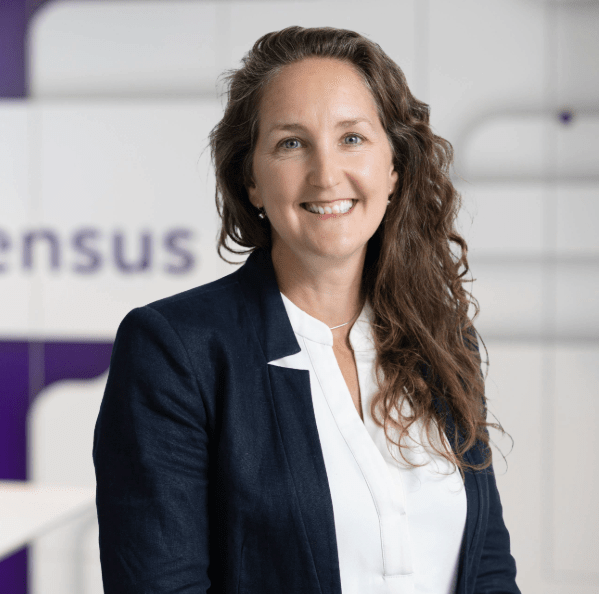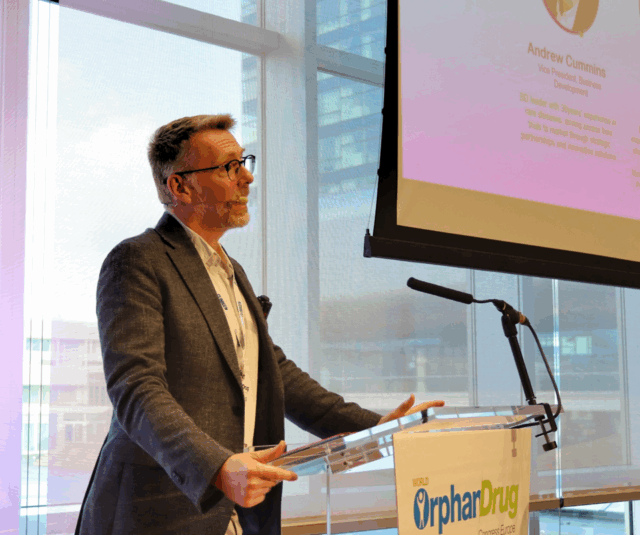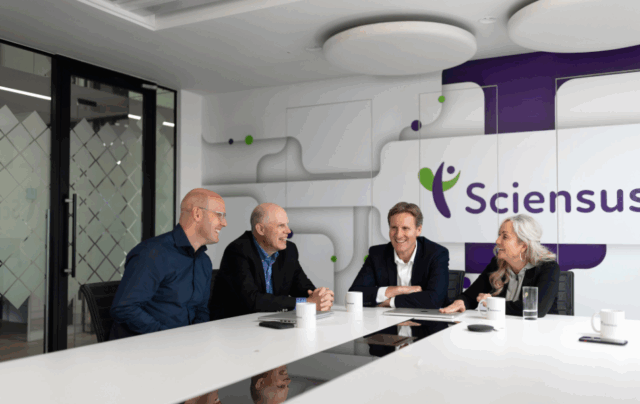Breaking into Europe: navigating launch complexity with an integrated delivery model
With an estimated value of between £200 and £300 billion, the European market offers a wealth of opportunities for international biotech and pharma companies looking to expand their product reach. However, its diverse range of languages, customs and regulatory landscapes make tapping into the market a complex undertaking.
In September, Sciensus jointly hosted a webinar with Fierce Pharma to explore the challenges of launching biopharma products in Europe and the ways in which integrated commercial partner models could overcome them. The conversation was led by Chris Hayden, producer at Fierce Pharma, who was joined by Andrew Cummins, Vice President of Business Development at Sciensus; Noolie Gregory, Head of Evidence Generation at Sciensus; and Catherine Moncad, Vice President of Regulatory Services at TMC Pharma.
The challenge of breaking into Europe
The European market is not a monolith; it’s a network of smaller markets, each with their own regulatory nuances and national complexities. Each country has distinct licensing requirements, alongside different languages and cultures, and all of these should be considered as part of any biotech company’s European strategy.
Why early engagement is key
When it comes to accessing such a complex market, timing is key. Catherine Moncad shared that in the US specifically, companies can fall into the trap of engaging with European agencies too late. This can lead to unintentional oversights such as clinical trials that don’t meet requirements for EMA approval which have to be redone at great cost, or missing documents such as environmental risk assessments (compulsory in Europe but not throughout the US). By engaging with a European partner from the first and developing a comprehensive regulatory strategy, US biotechs can anticipate and overcome these potential pitfalls, setting themselves squarely on the path to a successful launch.
“Early engagement helps companies to design clinical trials that satisfy the regulators, but also the payers and the health technology assessment bodies. It reduces delays, smooths market access, and improves your commercial outcomes.”
Catherine Moncad, Vice President of Regulatory Services, TMC Pharma
Why integrated commercial partnerships could be the answer
Establishing a product in Europe takes significant investment. With a need for multiple language capability, replications of financial structures, and distribution and logistics, there is certainly a temptation to consider out-licensing to a company that already has a presence in Europe. Such a company would understand the landscape and have established systems in place, and out-licensing would ostensibly ease the burden on internal teams.
The challenge in out-licensing though, as Andrew Cummins shared, is that biotechs ultimately give up a lot of control over their product without really knowing its value or how well it might perform. While out-licensing will save time, with a third party taking responsibility for market authorisation and commercialisation, the originator company won’t have as much say in how their product is brought to patients.
This is where partnering – working with a company rather than out-licensing completely – can be a viable option. With organisations like Sciensus and TMC Pharma, companies can maintain control while working with a partner with experience in the European market and a track record of commercial success.

“If you’re going to do it yourself, you’re going to have to reinvent the wheel. So, why not learn from those who’ve ploughed that furrow before?”
Andrew Cummins, Vice President of Business Development, Sciensus
Commercial partners can work through each stage of market authorisation, ensuring compliance with GDPR and other regulations. They can also help to bridge the gap between clinical trials and commercial launch. For example, patients who have taken part in trials can be smoothly transitioned to an early access programme while they wait for the product to be commercially available in their country.
Patient engagement must remain front and centre
In a medical landscape where budgets continue to tighten, patient engagement can be seen as a ‘nice-to-have’ rather than a valuable opportunity to create meaningful relationships and help promote a new product.
Historically, said Noolie Gregory, patient engagement could be difficult and expensive. Co-ordinating multiple patient advocacy groups and facilitating meetings could often make for an unwieldy process. Nowadays, with the rise of digital tools including social media and patient apps, there are more light-touch approaches available for biotech and pharma companies to engage with their patients outside of the clinical setting.
Offering resources and additional training materials, information on possible side effects and advice on what to discuss at their next appointment are all ways to keep patients engaged, informed and safe. When they know what to expect, patients are more likely to stay on their treatment plans. Building this trust will help patients to get the maximum benefit and pharma companies to form a solid foundation for their current and future products, in Europe and beyond.

“How you bring patients along with you on the journey is really important. Even if you get your product launched and even if a prescriber prescribes it, you have to have a patient that’s willing to take it and continue taking it.”
Noolie Gregory, Head of Evidence Generation, Sciensus
Conclusion
An integrated partnership model with a single European commercial partner is a faster, lower-risk path to market success that doesn’t require building every capability in-house or relinquishing control through out-licensing.
By linking with an already established partner, biotech and pharma companies can accelerate access and streamline market entry, reduce risk, optimise ongoing operations and deliver real-world impact across the continent.
To find out more about what Sciensus could offer as your trusted European partner, please contact us here.



